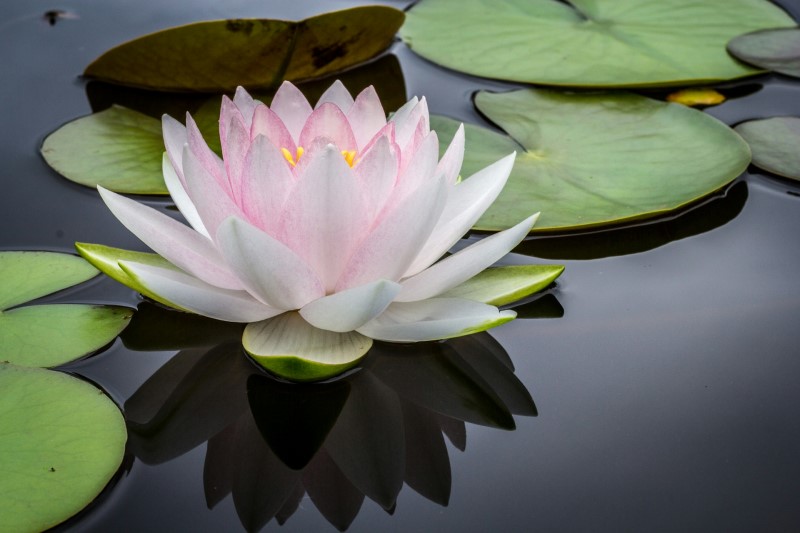
Yoga has become a popular practice worldwide, known for its physical benefits and stress-relieving qualities. However, yoga is much more than just a form of exercise. It is a philosophy that offers a comprehensive guide to living a balanced and fulfilling life. In this article, I will provide a comprehensive introduction to yoga philosophy and how it can be applied to contemporary living.
Overview of the Eight Limbs of Yoga
Yoga philosophy is based on the eight limbs of yoga, which provide a step-by-step guide to self-realization and spiritual development. These eight limbs, known as Ashtanga, encompass various aspects of life, ranging from ethical principles to meditation and transcendence. Let’s explore each limb in detail.
The First Limb: Yama – Ethical Principles
The first limb of yoga philosophy is Yama, which consists of ethical principles that serve as guidelines for moral behavior. Yama includes five principles: Ahimsa (non-violence), Satya (truthfulness), Asteya (non-stealing), Brahmacharya (celibacy or moderation), and Aparigraha (non-possessiveness). By practicing these principles, we cultivate compassion, honesty, integrity, and contentment in our lives.
The Second Limb: Niyama – Self-Discipline and Spiritual Observances
The second limb, Niyama, focuses on self-discipline and spiritual observances. It consists of five principles: Saucha (cleanliness), Santosha (contentment), Tapas (discipline), Svadhyaya (self-study), and Ishvara Pranidhana (surrender to a higher power). Niyama encourages us to cultivate purity, gratitude, self-discipline, self-reflection, and surrender in our daily lives.
The Third Limb: Asana – Physical Postures
Asana, the third limb, refers to the physical postures practiced in yoga. These postures not only help maintain physical health and flexibility but also promote mental and emotional well-being. Through asana practice, we learn to connect with our bodies, cultivate mindfulness, and develop a sense of balance and stability.
The Fourth Limb: Pranayama – Breath Control
Pranayama, the fourth limb, focuses on breath control. It involves various breathing techniques that help regulate our energy and enhance our vitality. By mastering pranayama, we learn to deepen our breath, calm our mind, and increase our life force energy (prana).
The Fifth Limb: Pratyahara – Withdrawal of Senses
Pratyahara, the fifth limb, refers to the withdrawal of senses from external distractions. In today’s fast-paced world, we are constantly bombarded with sensory stimuli, which can lead to mental and emotional overload. Pratyahara teaches us to turn inward, detach from external distractions, and cultivate inner stillness and introspection.
The Sixth Limb: Dharana – Concentration
Dharana, the sixth limb, is the practice of concentration. It involves focusing the mind on a single point of focus, such as the breath, a mantra, or an object. Through dharana, we develop mental clarity, improve our ability to focus, and cultivate a state of heightened awareness.
The Seventh Limb: Dhyana – Meditation
Dhyana, the seventh limb, is meditation. It is a state of deep contemplation and awareness, where the mind becomes calm and tranquil. Through regular meditation practice, we cultivate a sense of inner peace, clarity, and connection to the present moment.
The Eighth Limb: Samadhi – Transcendence
The final limb, Samadhi, is the ultimate goal of yoga philosophy. It is a state of transcendence, where the individual self merges with the universal consciousness. In this state, we experience a profound sense of unity, bliss, and liberation from the limitations of the ego.
Applying Yogic Principles to Daily Life
Now that we have explored the eight limbs of yoga philosophy, let’s discuss how we can apply these principles to our daily lives. Yoga is not just a practice confined to the mat; it is a way of life. Here are some practical ways to incorporate yogic principles into our everyday routines:
Finding Balance and Harmony through Yoga Philosophy
Yoga philosophy emphasizes the importance of finding balance and harmony in all aspects of life. By practicing the principles of Yama and Niyama, we can cultivate balance in our relationships, work, and personal lives. For example, practicing Ahimsa (non-violence) can help us develop compassion and empathy towards others, while Santosha (contentment) can teach us to find joy and fulfillment in the present moment.
Incorporating Yoga Ethics into Daily Living
The ethical principles of Yama and Niyama provide a moral compass for our actions and interactions with others. By aligning our behavior with these principles, we can cultivate integrity, honesty, and kindness in our daily lives. For instance, practicing Satya (truthfulness) can help us communicate authentically and build trust in our relationships, while Asteya (non-stealing) encourages us to respect the boundaries and possessions of others.
Conclusion: Embracing the Wisdom of Yoga Philosophy
In conclusion, yoga philosophy offers a comprehensive guide to living a balanced and fulfilling life. By embracing the wisdom of the eight limbs of yoga, we can cultivate physical, mental, and spiritual well-being. Whether we are practicing asana on the mat or applying ethical principles in our daily lives, yoga philosophy provides us with a roadmap to navigate the complexities of modern living and find inner peace and fulfillment.
Are you ready to embrace the wisdom of yoga philosophy and transform your life? Start by incorporating the principles of Yama and Niyama into your daily routine. Practice compassion, honesty, and self-discipline, and watch as your life transforms in unimaginable ways.